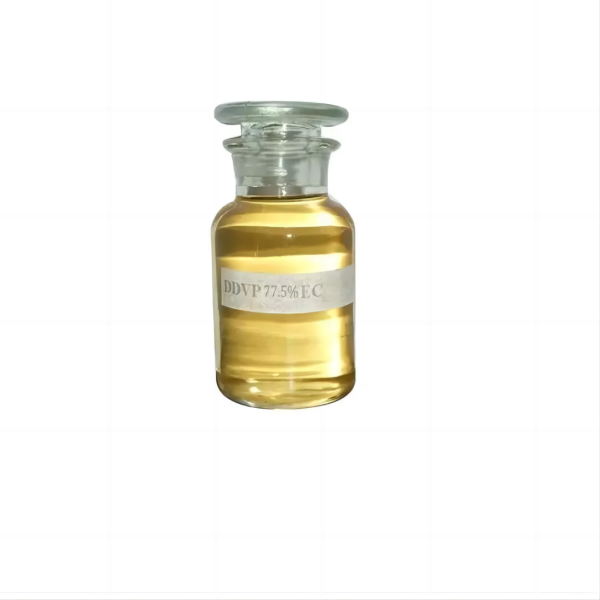
Apr . 08, 2024 17:26 Back to list
Chemical control abamectin
11.4.3 Avermectins
Avermectins are macrocyclic lactone derivatives from the fermentation of Streptomyces avermitilis, a soil actinomycete (Campbell, 1989). The insecticide abamectin is a mixture of avermectins containing more than 80% avermectin B1a and less than 20% avermectin B1b. Abamectin blocks the transmittance of electrical activity in nerves and muscle cells by stimulating the release and binding of gamma-aminobutyric acid (GABA) at nerve endings, which causes an influx of chloride ions into the cells leading to hyperpolarisation and subsequent paralysis of the neuromuscular systems (Bloomquist, 1996, 2003).
Abamectin is toxic to a wide range of insects and mites, and has been shown to be highly effective at controlling Colorado potato beetle larvae and adults (Nault and Speese, 1999a; Kuhar et al., 2006a; Marčić et al., 2009; Sewell and Alyokhin, 2010b; Kuhar and Doughty, 2016; Groves et al., 2017). Prior to the introduction of neonicotinoid insecticides, abamectin was one of the top insecticides used for control of insecticide-resistant Colorado potato beetles. In the U.S., as of 2020, there has been renewed interest in the use of abamectin for potato beetle control.
-
Omethoate Products for Effective Pest Control Fast-Acting Solutions
NewsMay.21,2025
-
China Carbendazim & Mancozeb Fungicide Supplier High-Efficacy Formula
NewsMay.21,2025
-
Kriman Fungicide with Copper & Carbendazim Citrus Tree Protection
NewsMay.20,2025
-
Sixer Carbendazim Fungicide & Insecticide Dual-Action Crop Protection
NewsMay.20,2025
-
Malathion 84 Spray Effective Aphid Control & Crop Protection
NewsMay.20,2025
-
Custom Atrazine 80 WP Herbicide - Effective Weed Control Solution
NewsMay.19,2025

